The washing machine draws water, but does not wash: causes and remedies

The automatic washing machine (CMA) can draw water, but it does not start washing or does not wash well. This breakdown depends on the features of the model: the most modern ones do not wait until the water is heated to the desired temperature, and the tank is filled to the upper limit, and they begin washing immediately. If this does not happen, it is necessary to understand the reasons for such a breakdown.
Possible malfunctions and their causes
In some models, the drum starts working as soon as the water rises to the minimum mark. If a water leak is detected, the wash continues without interruption until the water intake is stopped. The washing powder poured into the tray is washed off into the sewer in just a couple of minutes, without having time to have its cleaning effect on the laundry. It, in turn, turns out to be poorly washed. As soon as the hostess turns off the water supply from the tap installed on the pipe suitable for the machine, the program immediately reports an error ("no water"), and the wash stops.
Possible "endless wash" - water is collected and drained, the drum is spinning, and the timer is, say, the same 30 minutes. Excessive consumption of water and electricity, increased wear of the engine is possible.
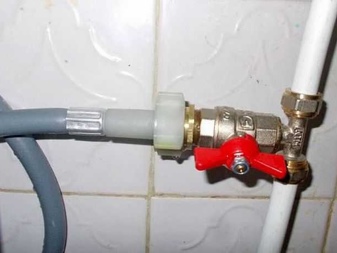
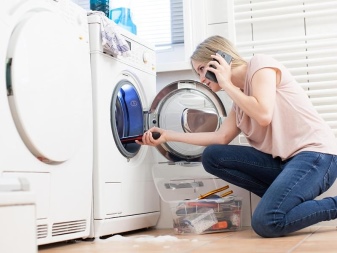
Other CMA models automatically inhibit leakage. When it detects that the water is not reaching the maximum level, the machine will close the inlet valve. This prevents flooding when water flows from the drain hose or tank to the floor under the bottom of the machine. It is good when the car is in the bathroom, in which the interfloor covering that forms the floor in the apartments of the entrance on this floor is waterproofed, the floor itself is tiled or tiled, and the sewage system provides for an "emergency run" for water to drain in case of a leak in the water supply system.
But most often the floor is flooded if the SMA works in the kitchen, where there may be no waterproofing, tiles and additional "drain". If you do not cut off the water in time and do not pump out the formed "lake", the water will seep out and ruin the ceiling and the upper part of the walls of the neighbors below.
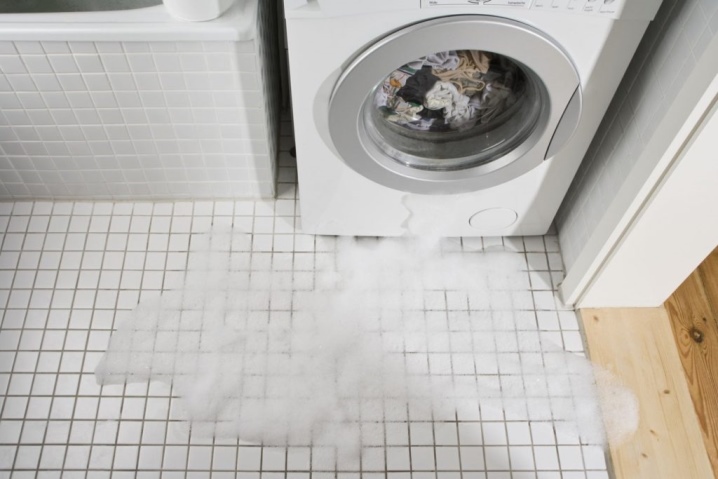
Defective water level sensor in the tank
A level gauge, or level sensor, is based on a relay that is triggered when a certain pressure on the membrane in the measuring chamber is exceeded. Water enters this compartment through a separate tube. The diaphragm is regulated by special screw-based stops. The manufacturer adjusts the stops so that the membrane opens (or closes, depending on the logic of the microprogram) current-carrying contacts only at a certain pressure, corresponding to the maximum permissible level of water in the tank. To prevent the adjusting screws from twisting due to vibration, the manufacturer lubricates their threads with paint before final tightening. Such fixation of the adjustment screws was used in Soviet electrical appliances and radio equipment of the post-war years.
The level sensor is made as a non-separable structure. Opening it will lead to a violation of the integrity of the case. Even if you get to the parts, it is possible to glue the cut back together, but the adjustment will be lost and the sensor compartment will leak. This device is changed entirely. Despite its important purpose - in fact, to prevent drum overflow, breakdown of the drain valve or even a leaky tank in a place where the walls have thinned from excessive pressure - the level gauge is inexpensive.
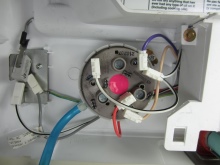
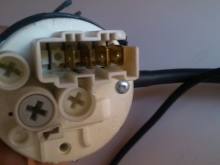

The sealing of the control of the water level in the tank is broken
Depressurization of the water system is one of several malfunctions.
- Leaky tank... If the container is not made of solid stainless steel, but has only spraying (anodizing) with chromium-nickel additives, over time it is mechanically erased, a layer of ordinary rusting steel is exposed, and the tank starts to leak in a matter of days. Sealing the tank is a dubious procedure. The tank is replaced at the service center for the repair of washing machines and dishwashers.
- Defective level sensor. Breakage of the housing will lead to leakage.
- Leaky drum cuff. This is an O-ring that prevents water from leaking out of the hatch at the front of the machine. Leaky or perforated rubber from which it is made is a source of leakage. It makes sense to glue it if you know how to vulcanize cameras, tires and hoses. This is done with a piece of raw rubber and a heated soldering iron, sealant and several other means that reliably eliminate the hole (or gap). In other cases, the cuff is changed.
- Damaged corrugations, hosesforming a water circuit both inside the machine and outside it. If the long hose cannot be shortened at the point of leakage without compromising the correct water supply, then it is replaced with a new one.
- Broken water inlet and outlet water connections. They are made of plastic that is resistant to fractures even with strong impacts, but they also fail over the years. Replace complete valves.
- Leaky or cracked powder tray... In the section of the tray, water is supplied to rinse and dissolve in the washing water drawn into the tank, powder and descaler. Holes and crevices in the tray will cause leakage. In some CMA models, the tray can be removed completely (it is a pull-out shelf with rounded edges or a tray) - it must be replaced. It does not have excess pressure, except from the jet beating from the intake pump, but poor-quality elimination of the leak will lead to its early and repeated breakdown.
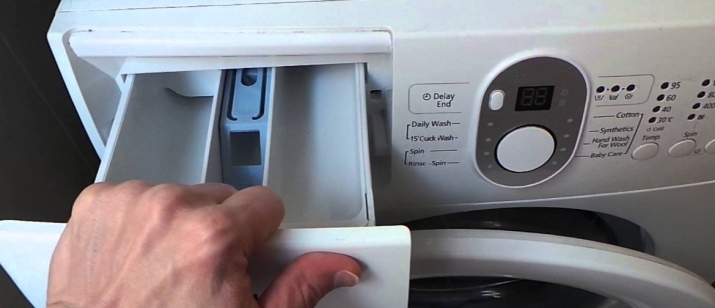
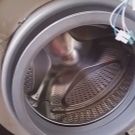
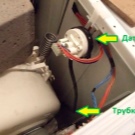
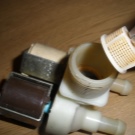
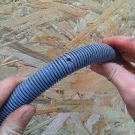
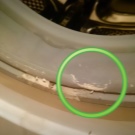
Defective solenoid valve
The SMA has two such valves.
- Inlet opens the flow of water into the tank of the machine from the water supply. Can be equipped with a pump. The water pressure in the water supply system is not always equal to one bar, as required by the instruction, but it is necessary to pump water, even when it comes from an external tank, into which water is supplied from a well in the country. The pump is designed as a simple pump. There may be no pressure in the inlet pipe at all, but there will be water thanks to the valve.
- Exhaust - takes waste (waste) water from the tank into the drain pipe of the sewerage or septic tank. It opens both after the end of the main wash cycle and after rinsing and spinning.
Both valves are normally closed permanently. They open on command from the electronic control unit (ECU) - a special control board. In it, the software part is separated from the power (executive) part by means of electromechanical relays that supply power from the network to these valves, the engine, the boiler of the tank at a certain time.

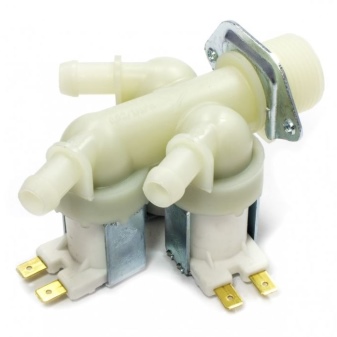
Each valve has its own electromagnets. When power is supplied to the magnet, it attracts an armature, which raises the membrane (or flap) that limits the flow of water. A malfunction of the magnet coil, damper (membrane), return spring will lead to the fact that the valve will not open or close at the right time. The second case is more dangerous than the first: water will continue to accumulate.
In some SMA, in order to avoid a breakthrough of the water system by overpressure, protection against overfilling the tank is provided - excess water is continuously drained into the sewer. If the suction valve is “stuck” and cannot be controlled, it must be replaced. It is not repairable, because, like the level gauge, it is made non-separable.
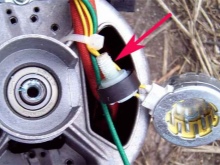

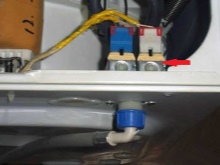
Diagnostics
The electronics of any washing machine released in the 2010s has software self-diagnostic modes. Most often, an error code appears on the display. The meaning of each of the codes is deciphered in the instructions for a particular model. The generalized meaning is “Tank filling problems”. More frequent ones are "The suction / exhaust valve does not work", "There is no required water level", "Exceeding the maximum permissible level", "High pressure in the tank" and several other values. A specific malfunction according to the codes makes the repair less time-consuming.
The activator machines, in contrast to the CMA (automatic), do not have software self-diagnostics. You can guess what is happening by observing from a few minutes to an hour at the work of the MCA, which is fraught with unnecessary costs for water and consumed kilowatts.
Only after preliminary diagnostics can the unit be disassembled.
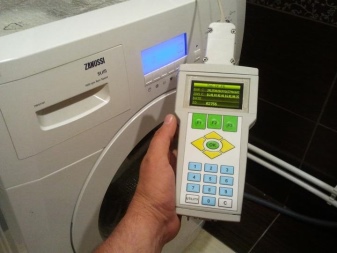
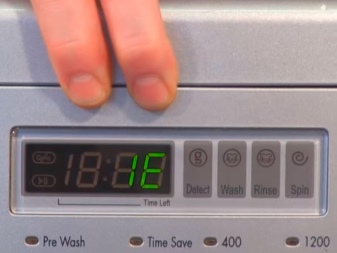
Repair
Disassemble the washing machine first.
- Disconnect the CMA from the mains.
- Turn off the water supply at the supply valve. Temporarily remove the inlet and drain hoses.
- Remove the back wall of the case.
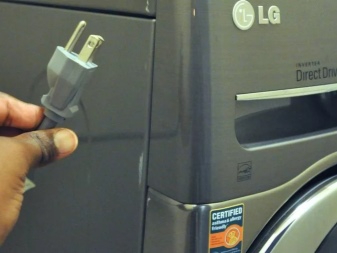
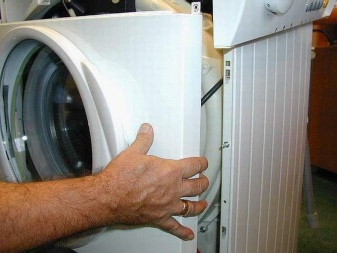
The suction valve is located at the top of the rear wall.
- Unscrew the existing bolts. Pry off the latches (if any) with a screwdriver.
- Slide and remove the faulty valve.
- Check the valve coils with a tester in ohmmeter mode. The norm is not less than 20 and not more than 200 ohms. A low resistance indicates a short circuit, too high a break in the enamel wire that wraps each of the coils. The coils are completely identical.
- If the valve is OK, install it in the reverse order. A defective valve is almost irreparable.
You can change one of the coils, if there is a spare one of the same, or rewind with the same wire. The compartment itself, in which the coil is located, can be partially collapsible. In other cases, the valve is changed. You will not be able to change the dampers and return springs yourself, they are not sold separately. Similarly, "ring" and the drain valve.

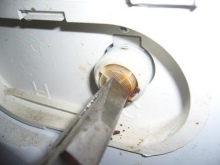
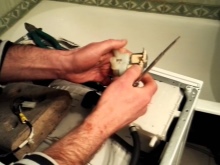
The washing machine tank is checked for integrity on the trail of a water stream or from drops seeping into the hole formed. It is easy to notice - it is the largest structure, up to several times larger than the motor. A small hole can be soldered (or welded with a spot welder). In case of significant and multiple damage, the tank is unambiguously changed.
There are non-removable tanks welded to the inner frame that holds it.
On your own, if you are not a locksmith, it is better not to remove such a tank, but to contact a specialist.
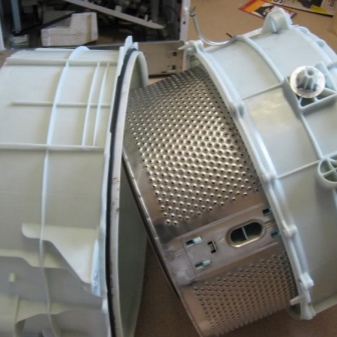
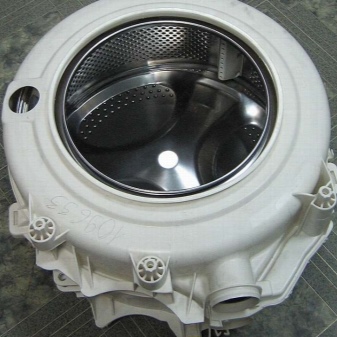
The cuff, in contrast to the overwhelming majority of other parts and assemblies, changes without a complete disassembly of the MCA. Open the hatch of the washing compartment, unload the laundry (if any).
- Unscrew the screws and remove the plastic frame holding the cuff.
- Remove the wire or plastic loop that runs along the perimeter of the hatch - it holds the cuff, gives it its shape, and prevents it from falling out when the hatch is opened / closed.
- Pry the latches inside (if any) and pull out the worn cuff.
- Fix in its place exactly the same, new one.
- Assemble the hatch back. Check that no water flows out by starting a new wash cycle.
Some models of washing machines require removal of the hatch door and / or the front (front) part of the machine body, including the detergent tray. If the matter is not in the cuff, it is possible that the lock of the door lock is worn out: it does not snap into place or does not keep the hatch tightly closed. Disassembly of the lock and replacement of the latch will be required.

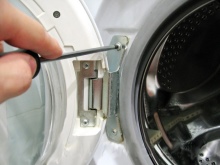
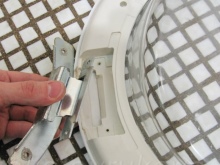
Prophylaxis
Don't wash things too often at 95-100 degrees. Do not add too much powder or descaler. High temperature and concentrated chemicals age the rubber of the cuff and cause faster wear of the tank, drum and boiler.
If you have a pumping station on a well in your country house or in a country house (or a pressure switch with a powerful pump), do not create a pressure of more than 1.5 atmospheres in the water supply system. A pressure of 3 or more atmospheres squeezes out the diaphragms (or flaps) in the suction valve, contributing to its accelerated wear.
Make sure that the suction and suction pipes are not kinked or pinched, and that water flows freely through them.
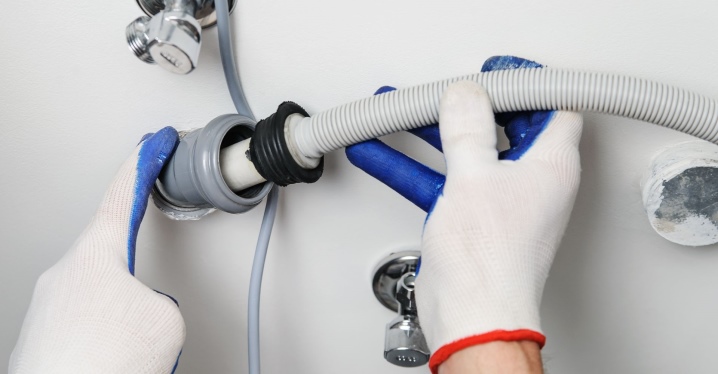
If you have excessively contaminated water, use both a mechanical and a magnetic filter, they will protect the SMA from unnecessary damage. Check the strainer in the suction valve from time to time.
Do not overload the machine with unnecessary laundry. If it can handle up to 7 kg (according to the instructions), use 5-6. An overloaded drum moves in jerks and sways to the sides, which leads to its breakage.
Do not load carpets and rugs, heavy blankets, blankets into the SMA. Hand wash is more suitable for them.
Do not turn your washing machine into a dry cleaning station. Some solvents, such as 646, which thin plastic, can damage hoses, cuff, flaps and valve pipes.
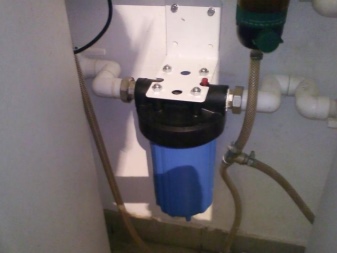
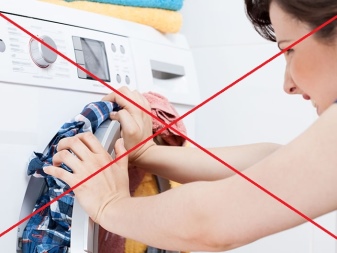
The machine can only be serviced when it is turned off.
The following video will help you understand the reasons for the breakdown.













The comment was sent successfully.